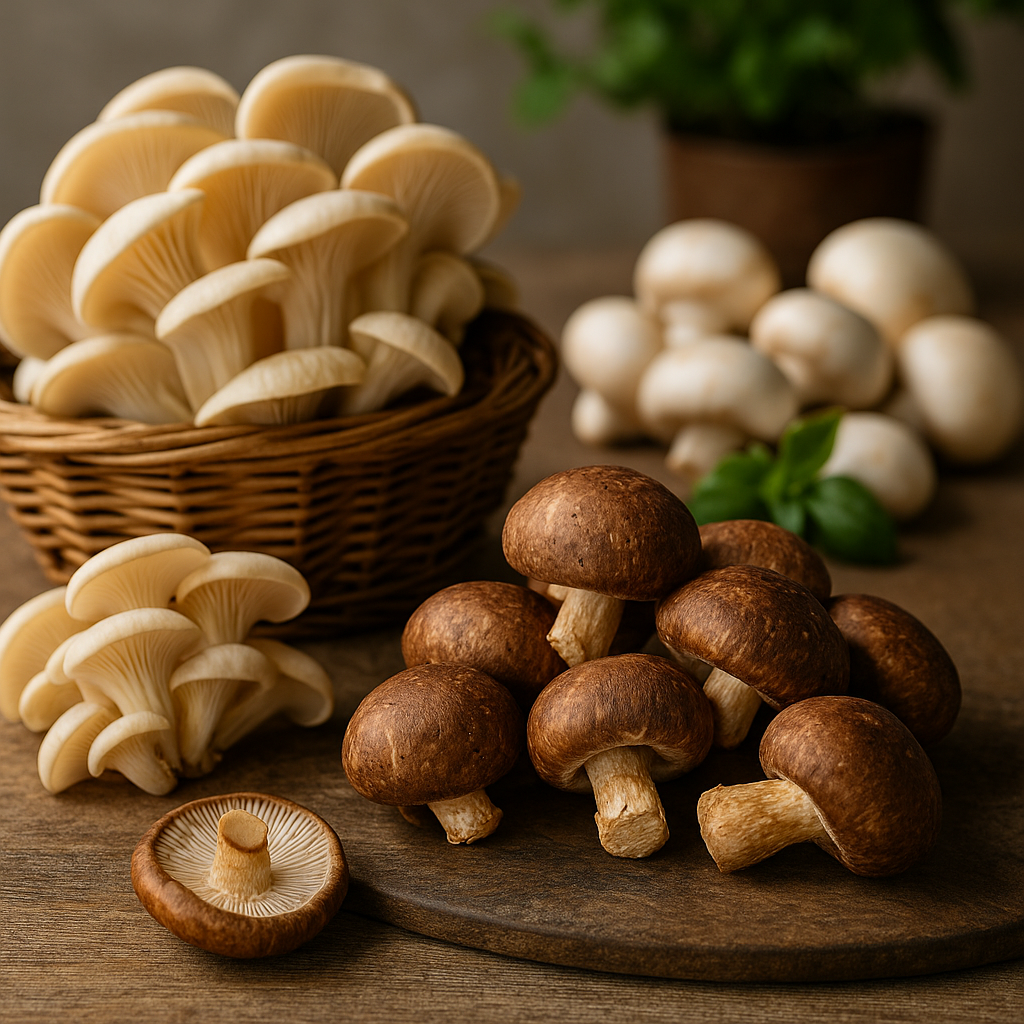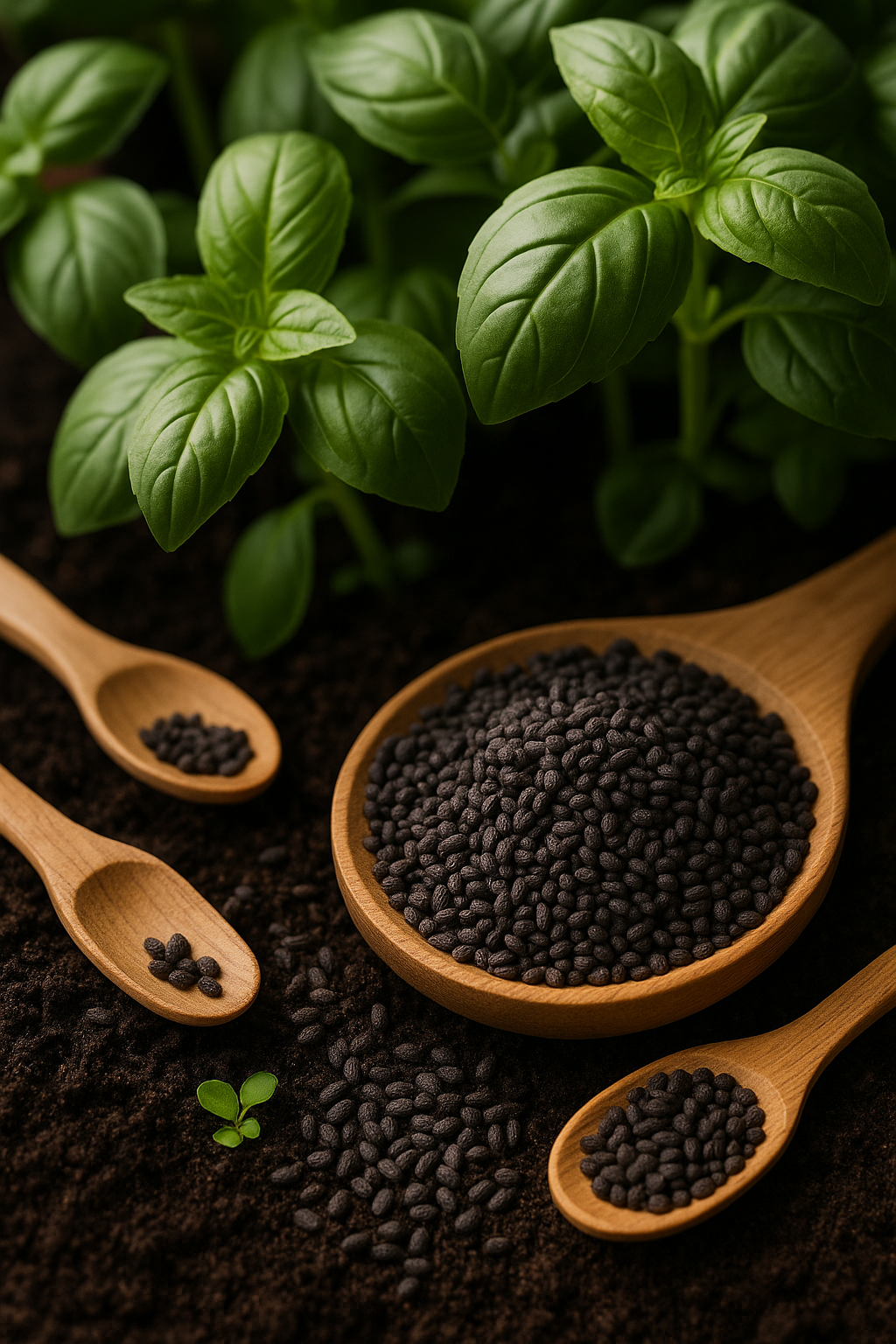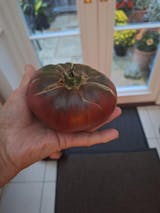Associating plants in the vegetable garden: an excellent idea… provided you avoid these 5 pitfalls!
Crop association, also called companionship, is an ancient practice that promotes biodiversity, limits diseases, repels pests, and improves yields naturally. But beware: if poorly applied, it can be counterproductive or even harmful to your vegetable garden.
Here are the 5 most common mistakes to avoid to succeed in your associations… and some good examples from our catalog to guide you!
1. Associating plants from the same family
This is mistake number 1. Two plants belonging to the same botanical family (like tomato and eggplant, both Solanaceae) often have the same needs in nutrients, water, and exposure… but also the same pests and diseases. Result: direct competition and increased risks of infestation or contamination.
🛑 To avoid:
✅ To favor:
-
Musquée de Provence Squash + Dwarf Bean
2. Planting plants too close together
A good association does not mean extreme proximity. Too tightly packed, plants lack air and light and develop a humid microclimate conducive to downy mildew, powdery mildew, and other fungal diseases.
For example, a Tulsi basil planted too close to a Roma tomato risks being smothered by its more vigorous neighbor.
💡 Tip: Keep a distance of 20 to 40 cm depending on the varieties. Each plant needs its living space, even among "friends".
3. Ignoring root interactions (allelopathy)
Some plants release natural chemical substances into the soil that inhibit the growth of others. This phenomenon is called allelopathy.
⚠️ To isolate:
-
Fennel, which inhibits the growth of almost all other plants.
-
Wild garlic, which can slow down legumes like beans.
-
Black mustard, very competitive for soil nitrogen.
Before any association, inform yourself about the underground effects of each plant, especially among strong aromatics like green anise or angelica officinalis.
4. Associating plants with opposite needs
It is tempting to mix crops, but beware: some have incompatible needs in water, heat, light, or soil.
❌ Bad duo:
-
Iceberg Lettuce (coolness, humidity) + White Egg Eggplant (heat, dryness)
✅ Good trio:
-
Merveille des 4 Saisons Lettuce + Half-long Radish + Blood Red Carrot
Same growth rate, same needs, same bed!
5. Trying to do too much
Excess enthusiasm can lead to a real unmanageable jungle. Too many plants on the same bed = competition, soil imbalance, and difficulty in management.
🥴 Risks:
-
Crops suffocating each other
-
Soil exhausted by demanding plants (like Romanesco cauliflower or yellow beetroot)
-
Heterogeneous or disappointing harvests
🧘 Advice: start with 2 to 3 associations maximum per bed, tested and balanced. For example:
🌿 In summary
Companionship is a subtle art of observation and common sense. By avoiding these common mistakes, you offer your garden more clarity, vitality, and biodiversity.
Feel free to consult our seed selection and discover our ready-to-sow kits to easily start good associations!
🛒 👉 See all vegetable seeds | See aromatic seeds | See flowers useful for the vegetable garden





Leave a comment
This site is protected by hCaptcha and the hCaptcha Privacy Policy and Terms of Service apply.